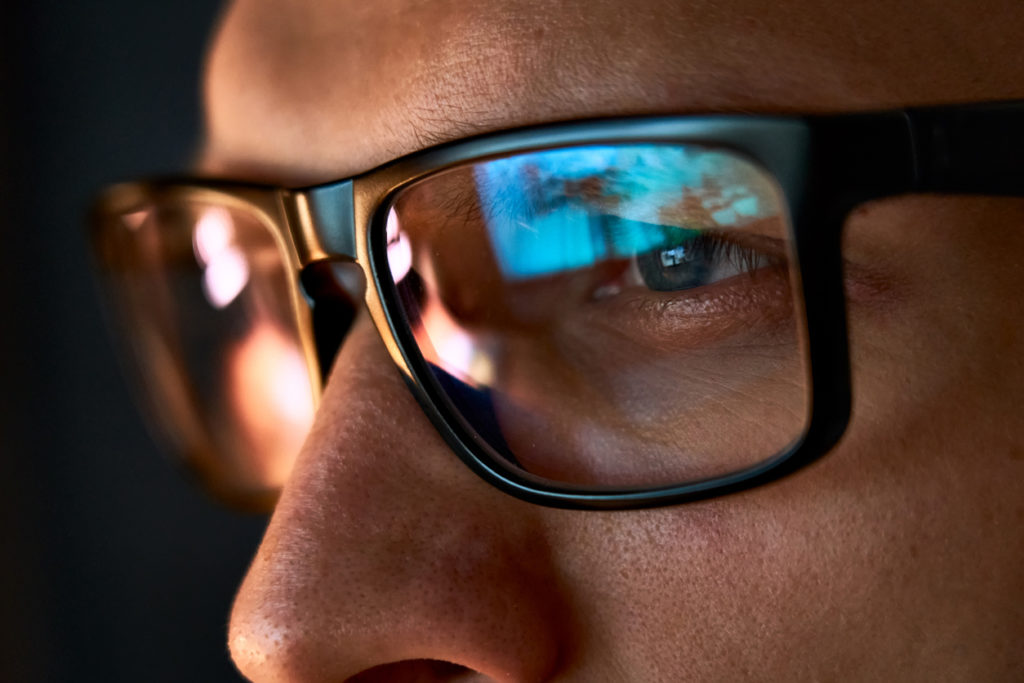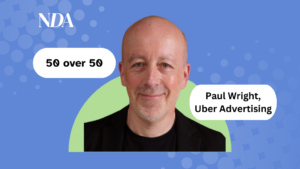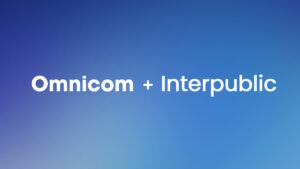Marketers have always faced the problem that the attention of human beings is a finite resource, i.e. each individual has limited time and attention to dedicate to consuming content. Given that there is already way too much content out there for any individual to consume, brand advertisers are competing to gain as much attention as possible with their campaigns.
Although this may seem obvious, the concept of ‘the attention economy’ has only gained traction among digital marketers in recent years. Previously, metrics such as Views and Click Through Rates (CTRs) have been given precedence over ‘attention’ as measures of a digital campaign’s success. However, with traditional third-party cookies and other personal identifiers being restricted in response to consumer privacy concerns, brands are being forced to find new ways to target and measure their campaigns, and ‘attention’ is emerging as a key metric for success.
Heather Lloyd, Head of Product Marketing at Nano Interactive explains: “With the deprecation of third-party cookies the industry is grappling with the challenges of measurement. On the flip side, it has brought a welcome opportunity for us to overcome our preoccupation with the more traditional measurement metrics and start to look more broadly at newer more meaningful brand focused metrics which arguably give a truer picture of the quality of a user’s engagement with a brand’s message.”
Peter Wallace, SVP of Sales, EMEA, at GumGum argues that while ‘measurability’ is one of the lauded characteristics of the digital media industry, it has also been one of its downfalls. He says: “Rather than understanding the value of 100% of delivered media, we have for years chased metrics such as CTR%. These metrics provide a very narrow view of performance and don’t lead to the best business outcomes. Fortunately, we are starting to see a shift away from this towards a new form measurement.”
Nick Reid, SVP & Managing Director EMEA at DoubleVerify, points out that we have gone from media and advertising being a rare commodity to consumers being bombarded and over exposed to a large number of ads. He says: “Our research found that at the beginning of the pandemic, people began consuming over 25 hours of online content on average each week, through multiple screens, devices, and platforms. While there’s a bigger opportunity to advertise in this landscape, it’s never been more important — or more difficult — to stand out from the crowd and deliver true experiences.”
Reid believes that as the industry recalibrates in this privacy-conscious world, it must rethink how it delivers meaningful brand experiences through ads in order to truly grab the attention of its desired audiences: “As a result, the measurement of attention is vital. This involves moving from using viewability as a proxy, to understanding the impact of engagement and exposures and looks at multiple factors of the impact of an ad and how it registers with an individual. Only with such insight can we plan, buy, and optimise campaigns in a more meaningful and better way.”
Attention deficit?
Wallace agrees that attention has risen to the top of the pile as the most accurate, detailed method of measuring ad performance. He says: “Recent studies have shown attention is three times better at predicting campaign outcomes than viewability. We expect attention based measurement to start to bleed into more media channels, helping to finally introduce a currency that can be applied ubiquitously across the whole media plan.
“There are wider implications of the application of attention in the industry. We fully expect this to herald a significant shift upwards in creativity, and we predict creative and targeting to be heavily informed and optimised based on the data we are able to gleam from attention measurement. This allows creative, data and measurement to sit together harmoniously for advertisers.”
Reid believes that attention metrics will also help marketers navigate the new privacy environment as cookie deprecation and the long-term impact of IDFA changes continues to loom. He says: “Advertising needs to evolve toward a more ambitious, privacy-friendly measurement construct — one that recognises the nuances of today’s media environment and gives advertisers insight into how their messaging is resonating with their audience.
“The need to optimise campaigns without relying on the third-party cookie is why we developed DV Authentic Attention™. This solution provides privacy-friendly, cookie-free insights into everything from the impact of an ad’s presentation to the key dimensions of consumer engagement, such as which content drives the best performance. By analysing the ad itself and its surrounding environment, advertisers get granular, privacy-friendly detail into performance – which is essential for every brand in today’s evolving media landscape.”
Lloyd explained that, at Nano, as part of the company’s identity-free, advanced contextual targeting capabilities, they have developed a tracking and optimisation metric – “TIME IN VIEW” (TIV) – which enables them to optimise towards the length of time a viewable creative is displayed.
She says: “This approach has been proven to have a much higher correlation to ad effectiveness and goes beyond more standard optimisation approaches such as Viewability. In a recent campaign for Superbet we were able to prove the impact of optimising to ‘attention’ using our Time In View metric, over the standard CTR. We monitored the difference in brand uplift using a cookieless brand lift study so we could track uplift.”
Results successfully showed that in optimising to attention delivered uplifts in every key brand metric versus CTR optimised activity,including:
- 121% increase in brand consideration.
- 62% increase in prompted brand awareness.
- 58% increase in positive brand perception.
To further advance the argument that ID-free, contextual targeting delivers a far more positive user engagement experience, Nano recently commissioned research across multiple campaigns that showed users in blocked (non-cookied) environments are indeed more valuable to advertisers. The research was conducted optimising towards brand recall.
Lloyd says: “After analysing the difference in responders across cookied and non-cookied spaces (cleared cookies, private browsers, firefox, safari etc) we found users in the non-cookied spaces experienced a 103% increase in ad recall versus those targeted with the same campaign parameters but in cookied environments.”
Those sound like results worth paying attention to.








